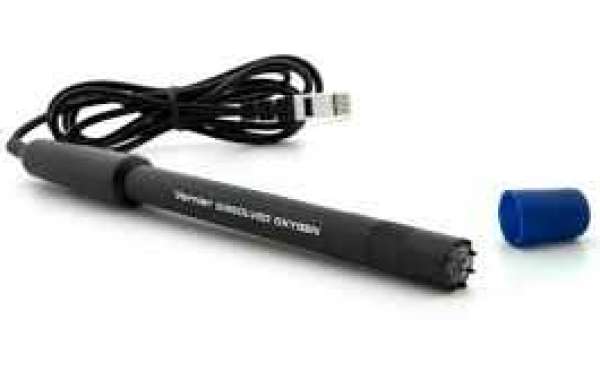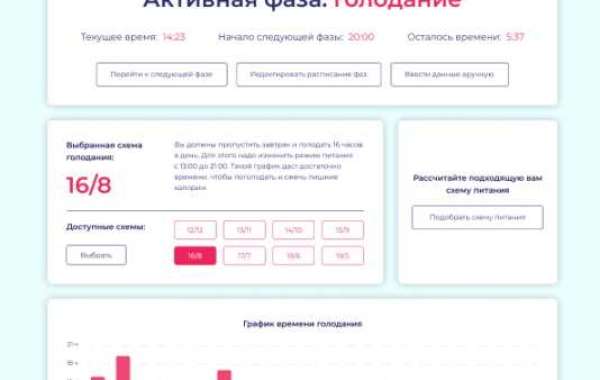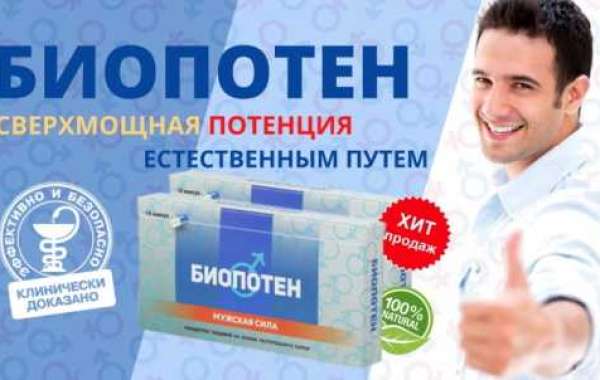Dissolved oxygen (DO) is a crucial parameter in aquatic environments and plays a vital role in supporting various forms of aquatic life. It refers to the amount of oxygen gas (O2) that is dissolved in water.
The measurement of dissolved oxygen is essential in assessing water quality, understanding ecosystem health, and monitoring industrial and wastewater treatment processes. Several units are commonly used to express dissolved oxygen concentration, and in this response, we will explore these units in detail.
Milligrams per Liter (mg/L) or Parts per Million (ppm): Milligrams per liter (mg/L) and parts per million (ppm) are often used interchangeably to measure dissolved oxygen probe concentration. They represent the mass of oxygen gas dissolved in one liter of water. The terms mg/L and ppm are equivalent since 1 mg/L is equal to 1 ppm.
Milligrams per Cubic Meter (mg/m³): Milligrams per cubic meter (mg/m³) is another unit used to express dissolved oxygen concentration. It represents the mass of oxygen gas dissolved in one cubic meter of water. To convert from mg/L to mg/m³, multiply the mg/L value by 1000.
Percent Saturation (%): Percent saturation is a relative measure that indicates the amount of dissolved oxygen present in the water compared to its maximum solubility at a particular temperature and pressure. It represents the percentage of dissolved oxygen concentration relative to the saturation point. The saturation point is the maximum amount of oxygen that can be dissolved in water under specific conditions. The percent saturation can range from 0% (no dissolved oxygen) to 100% (water is saturated with oxygen).
Micrograms per Liter (μg/L): Micrograms per liter (μg/L) is a unit used for very low concentrations of dissolved oxygen. It represents the mass of oxygen gas dissolved in one liter of water in micrograms (one millionth of a gram). To convert from mg/L to μg/L, multiply the mg/L value by 1000.
Milliliters per Liter (mL/L): Milliliters per liter (mL/L) is a unit used to measure the volume of dissolved oxygen gas in one liter of water. It represents the volume of oxygen gas dissolved in water rather than the mass. To convert from mg/L to mL/L, divide the mg/L value by the density of oxygen gas at the given temperature and pressure.
It's important to note that the choice of units may vary depending on the specific application and regional conventions. The units mentioned above are commonly used in scientific research, environmental monitoring, and water quality assessments. In practice, instruments such as dissolved oxygen meters, oxygen sensors, and titration methods are used to measure dissolved oxygen concentration accurately and efficiently.
Monitoring dissolved oxygen levels is crucial for understanding the health of aquatic ecosystems, especially in freshwater and marine environments. Fluctuations in dissolved oxygen can have significant impacts on aquatic organisms, affecting their growth, reproduction, and overall survival. Low dissolved oxygen levels, known as hypoxia, can lead to fish kills and the degradation of sensitive habitats. Conversely, high dissolved oxygen levels can indicate excessive algal growth, often caused by nutrient pollution or wastewater discharges.
In conclusion, the measurement of dissolved oxygen is vital for assessing water quality and understanding the health of aquatic ecosystems. Various units, such as milligrams per liter (mg/L), parts per million (ppm), percent saturation (%), micrograms per liter (μg/L), and milliliters per liter (mL/L), are used to express dissolved oxygen concentration. These units provide different perspectives on the amount of oxygen gas dissolved in water, whether it's in terms of mass, volume, or relative saturation.














